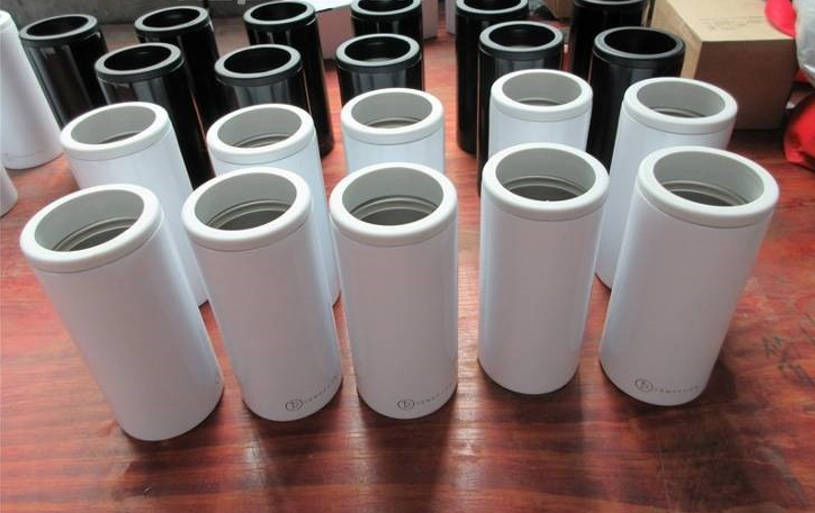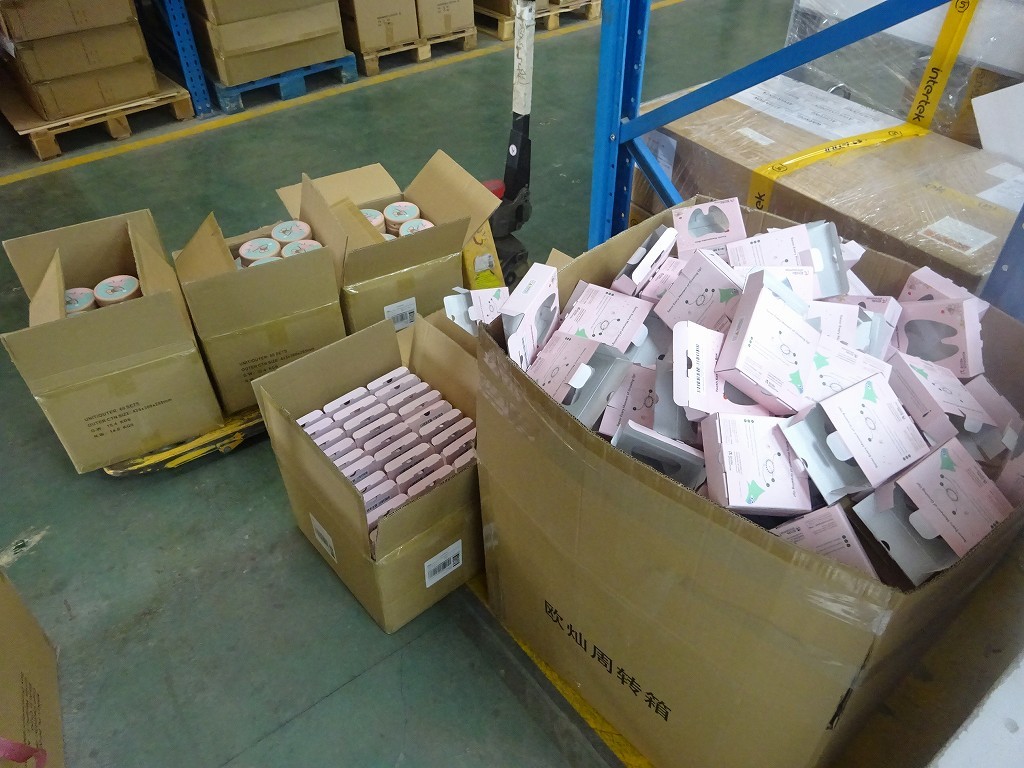Introduction
As the e-commerce landscape continues to evolve, ensuring the quality of products sold on platforms like Amazon becomes paramount for maintaining customer satisfaction and brand reputation. With a significant portion of products sold on Amazon sourced from Chinese suppliers, effective quality control measures within the Chinese supply chain are essential. This article explores strategies for implementing robust quality control processes to meet customer requirements and uphold standards when selling products on the Amazon platform.

1. Understanding Customer Expectations
Before delving into quality control measures, it’s crucial to understand the expectations of Amazon customers. Today’s consumers demand high-quality products that are reliable, durable, and meet their specifications. They expect accurate product descriptions, fast shipping, and responsive customer service. Therefore, any quality control strategy must align with these expectations to ensure customer satisfaction and positive reviews.
2. Partnering with Reliable Suppliers
A fundamental aspect of quality control in the Chinese supply chain is selecting reputable suppliers. Conducting a supplier audit and vetting potential suppliers for their track record, manufacturing capabilities, and commitment to quality is essential. Look for suppliers with certifications such as ISO 9001 or product-specific certifications relevant to your industry. Establishing strong relationships with trusted suppliers lays the foundation for consistent product quality.
3. Implementing Pre-Production Inspections
Pre-production inspections are conducted before manufacturing begins to verify that the supplier has the necessary materials, equipment, and processes in place to meet quality standards. This involves assessing the supplier’s production facilities, raw materials, and production techniques. By identifying any potential issues early in the process, pre-production inspections help prevent quality defects and delays further down the line.
4. Conducting In-Process Quality Control
During the manufacturing process, ongoing quality control checks are essential to monitor product quality and identify any deviations from specifications. This may involve inspecting product samples at various stages of production, conducting product testing, and ensuring compliance with quality standards and regulations. Implementing rigorous in-process quality control measures helps address issues promptly and maintain consistency in product quality.
5. Performing Pre-Shipment Inspections
Pre-shipment inspections are conducted once the production is complete and the products are ready for shipment. These inspections involve comprehensive checks of the finished goods to ensure they meet the agreed-upon quality standards, specifications, and regulatory requirements. Pre-shipment inspections typically include visual inspections, functional testing, packaging checks, and verification of product labeling and documentation. Any non-conformities identified during pre-shipment inspections can be addressed before the products are shipped to Amazon fulfillment centers.
6. Utilizing Third-Party Inspection Services
Partnering with third-party inspection agencies can provide an additional layer of quality assurance in the Chinese supply chain. These independent inspection firms conduct thorough assessments of manufacturing facilities, processes, and products to verify compliance with quality standards and customer requirements. Third-party inspection services offer impartial evaluations and unbiased reporting, helping to identify and mitigate quality issues effectively.
7. Implementing Supplier Performance Monitoring
Continuous monitoring of supplier performance is essential for maintaining consistent product quality over time. This involves tracking key performance indicators (KPIs) such as defect rates, delivery times, and customer feedback. By monitoring supplier performance metrics, businesses can identify trends, address recurring issues, and drive continuous improvement initiatives within the supply chain. Effective supplier performance monitoring fosters accountability and ensures that suppliers adhere to quality standards consistently.
8. Responding to Customer Feedback
Customer feedback is invaluable for identifying quality issues and opportunities for improvement. Monitoring customer reviews, ratings, and feedback on Amazon provides valuable insights into product performance and customer satisfaction. Businesses should proactively address any customer concerns or complaints, take corrective actions as necessary, and incorporate feedback into future quality control processes. By listening to customer feedback, businesses can continuously refine their products and enhance the overall customer experience.
Conclusion
Ensuring the quality of products sold on the Amazon platform requires robust quality control measures throughout the Chinese supply chain. By understanding customer expectations, partnering with reliable suppliers, implementing comprehensive inspection processes, and continuously monitoring supplier performance, businesses can mitigate quality risks and deliver products that meet customer requirements. Embracing a proactive approach to quality control not only enhances customer satisfaction but also strengthens brand reputation and competitiveness in the dynamic e-commerce marketplace.






